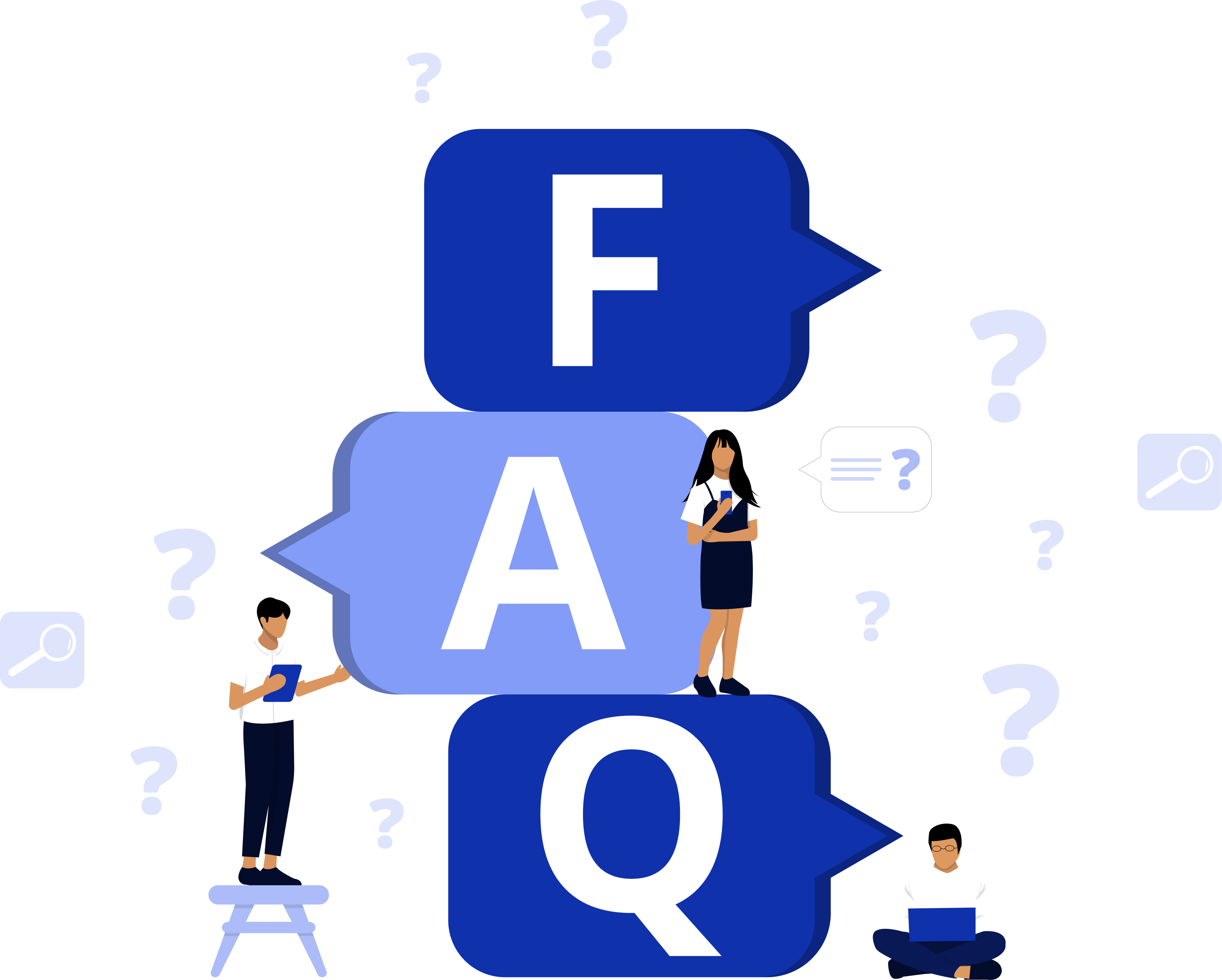
Hiring great talent is just the start; the real challenge is keeping them engaged, developing their skills, and helping them grow with your organisation. That’s the heart of talent management, a core HR strategy that drives business success.
In simple terms, talent management is all about attracting the right people, nurturing their potential, and retaining them for the long run. But in today’s competitive job market, traditional HR methods often fall short. That’s where talent management platforms and talent management systems come in, combining automation, analytics, and AI to streamline every stage of the employee lifecycle
From smarter recruitment to data-backed performance reviews, these tools are helping HR leaders and businesses of all sizes turn their workforce into their biggest competitive advantage.
In this guide, we’ll break down what talent management means, why it’s crucial in modern HR, the step-by-step talent management process, and how technology can transform the way you manage people.
Talent management is the strategic approach to attracting, developing, motivating, and retaining top talent to meet business goals. In HR, it ensures the right people are in the right roles, equipped with the skills and support they need to succeed.
It is important because effective talent management:
Given the competitive nature of the job market today, talent management in HR isn’t optional; it’s essential for creating a skilled, engaged, and future-ready workforce.
Talent management, as we now know, is so much more than just hiring people; it is a complete, ongoing process that covers the entire lifecycle. Done right, it ensures your people join, grow, perform, and stay with your organisation.
Here’s what it includes:
When these steps are supported by talent management platforms or HR software, the process becomes smoother, more data-driven, and far more effective.
A well-planned talent management strategy can completely change the way your business grows. It helps you hire the right people, while keeping them engaged and giving them the tools to perform their best. Here‘s how it adds value;
In short, talent management isn’t just about people, it’s about building a workforce that’s skilled, loyal, and ready to drive your business forward.
Traditional talent management often relies on manual processes, scattered spreadsheets, and gut-based decisions, all of which can slow down hiring, limit visibility, and make it harder to retain top talent. This is where HR software such as HRMS (Human Resource Management System), ERP (Enterprise Resource Planning), or ADMS (Automated Data Management System) steps in to transform the game.
With features like centralised employee databases, AI-powered recruitment tools, and real-time performance tracking, these platforms streamline every stage of the employee lifecycle. They automate repetitive tasks, provide data-driven insights for informed decision-making, and enable HR teams to identify skill gaps, track progress, and plan for future needs.
The result? Faster hiring, more accurate performance reviews, higher employee engagement, and a talent management process that’s efficient, transparent, and scalable, all without having to endure the headaches of outdated methods.
Over the past few years, technology has revolutionised how businesses attract, develop, and retain talent. But the real magic happens when it’s paired with smart HR strategies. Here’s how you can make the most of talent management platforms and HR software to build a stronger, future-ready workforce:
When applied consistently, these practices transform technology from a simple tool into a strategic advantage, helping you not just manage talent, but inspire it.
In the contemporary, competitive job market, talent is the most valuable asset any organisation can have, and managing it well is no longer optional. Talent management goes beyond filling vacancies: it is about creating a work environment where people can perform, grow, and stay committed for the long haul.
With the right talent management platforms and HR technology, businesses can move past outdated manual processes and embrace a smarter, data-driven approach. Everything right from streamlining recruitment processes to boosting engagement, retention, and preparing future talent, technology ensures every step of the hiring process and talent lifecycle is strategic and impactful.
Whether you’re a startup building your first HR strategy or an enterprise refining your processes, now is the time to rethink how you attract, develop, and retain your people. Because when your talent thrives, your business does too.

Not exactly, HR covers a broad range of functions, including payroll, compliance, and employee relations. Talent management focuses specifically on attracting, developing, engaging, and retaining employees to meet business objectives. It’s a key part of the HR but with a more strategic, people-focused approach.
Talent management is the overall strategy for managing people throughout their lifecycle in the company, from hiring to retention. Talent development is one part of that process, focusing on training, upskilling, and preparing employees for future roles.
While the exact process can vary, the 5 common steps are: